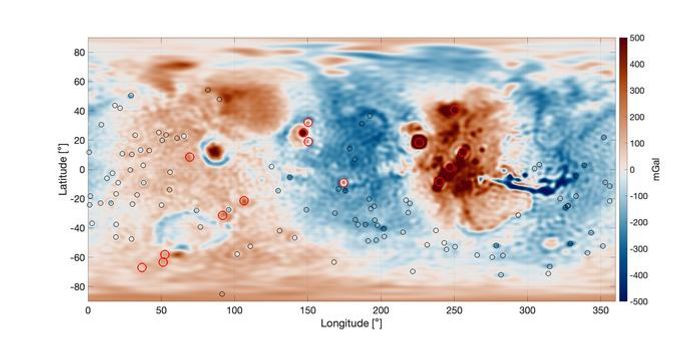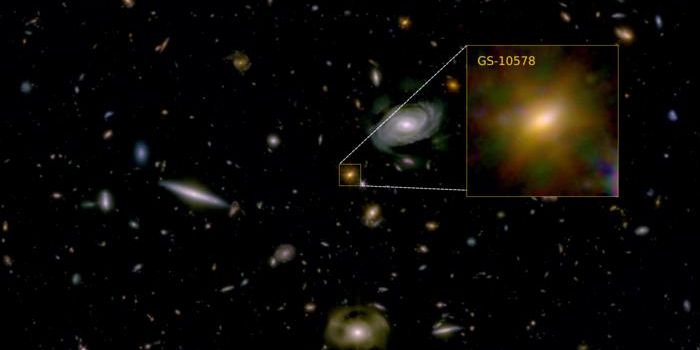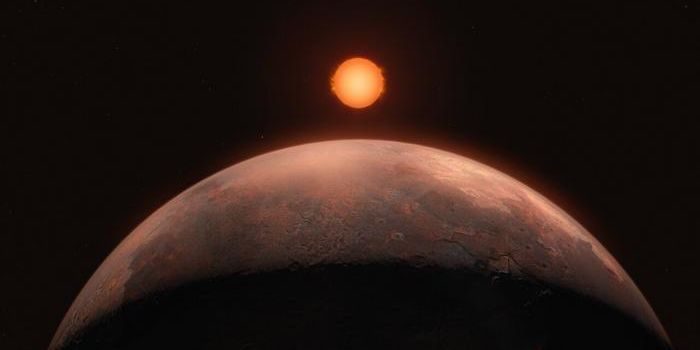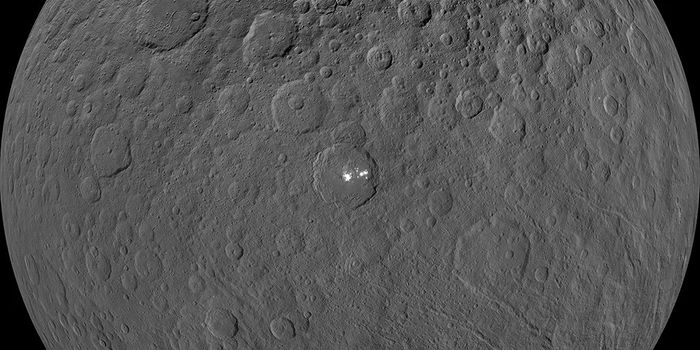Could A Mini Ice Age Strike on Earth By the Year 2030?
When you think about an ice age, the first things that come to mind are ice, snow, and the end of the world in an extinction level event (ELE). After all, it has been pounded into your head for years that an ice age is a possible cause for the extinction of the dinosaurs.

With that being said, the mere mention that an ice age could be on the brink of happening again in the near future is bringing up a lot of concern for scientists. But how likely is it that the planet will be covered in a blanket of white once again?
As it turns out, scientists are now predicting that by the year 2030, Earth could experience what is known as a ‘mini ice age,' in which the Earth will experience up to 60% less solar activity and the temperatures could plummet dramatically for a period of time.
If all calculations are correct, this means that the Earth could experience an incredible cold spell similar to the historic Maunder Minimum that lasted 70 years from 1645 to 1715 all over again.
Professor Valentina Zharkova is leading a group of researchers that think they have hit the nail on the head and decrypted our future climate mysteries.
Zharkova notes that because of the disappearance of visible sunspots on the Sun, as well as the activity of the Sun's magnetic fields reflecting on how they did nearly 370 years ago, it's likely that another Maunder Minimum-like event could strike again in the very near future, as soon as 2030-2040.
Using data acquired at Stanford University's Wilcox Solar Observatory, Zharkova believes her team has found "magnetic wave components appearing in pairs, originating in two different layers in the Sun's interior."
As these waves move around their expected paths, "the two waves [will] exactly mirror each other - peaking at the same time but in opposite hemispheres of the Sun. Their interaction will be disruptive, or they will nearly cancel each other," Zharkova continued.
"Effectively, when the waves are approximately in phase, they can show strong interaction, or resonance, and we have strong solar activity. When they are out of phase, we have solar minimums. When there is full phase separation, we have the conditions last seen during the Maunder minimum, 370 years ago."
The predictions are estimated to have an accuracy percentage of around 97% as they are compared to data from previous solar activity, so this is something that we should take seriously. Nonetheless, it didn't wipe out civilization the last time this happened, so it might be more of an inconvenience to those that hate the cold than a true danger.
Stocking up on warm jackets might be a good idea.
UPDATE: Although it's possible these changes could affect the climate, Zharkova now says that she wasn't expecting the media to be all over her team's discoveries. The researcher now says that it's unlikely we'll experience an "Ice Age," but rather it could just affect the climate to be significantly cooler for a period of time.
Source: Wired








